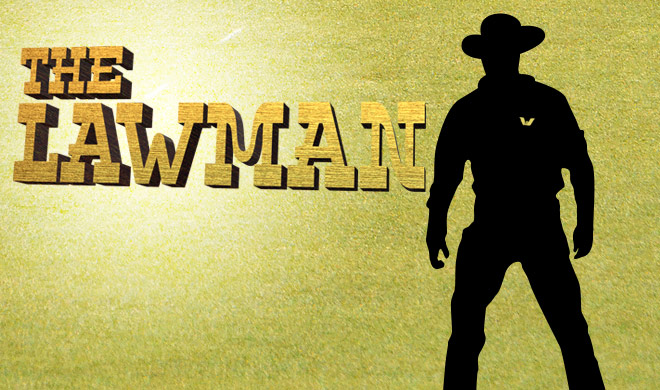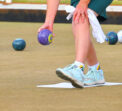The Lawman – Mar 24 2017
What is a Bowl?
By John Roberts, Bowls Victoria Umpiring Committee Chairman
The history of lawn bowls goes back to Egyptian times when biased stone bowls from 5000 years ago were discovered by a team in 1930, led by British anthropologist Sir Flinders Petrie. They were discovered in the grave of an Egyptian boy in the era of the first Pharaohs.
The oldest lawn bowls site still played on is in Southampton, England. Records show that the green has been in operation since 1299 A.D.
The most famous story in lawn bowls is about Sir Francis Drake and the Spanish Armada. Allegedly on July 19, 1588, Drake – involved in a game at Plymouth – was notified that the Spanish Armada had been sighted. The myth reports Drake replied, “There is plenty of time to win the game and thrash the Spaniards too.” There is much historical conjecture about these “facts”.
Henry VIII was an avid bowler but restricted the sport by decree (1511), to only the rich nobles as the poor needed to spend more time working than being involved in recreational activities.
The Scots lay claim to creating the original code of the sport after a meeting in Glasgow in 1848 and these were the basis for all subsequent laws.
Bowls were originally made from lignum vitae, a dense wood giving rise to the term “woods” for bowls which you occasionally still hear on the greens both nationally and internationally.
Nowadays bowls are now more typically made of a hard plastic composite material. Bowls were once only available coloured black or brown but they are now available in a variety of colours (which must be approved by World Bowls (WB).
Laws of the Sport
Law 52 describes all the specifications: what bowls can be made from, indentations, logos, size, weight and diameter. They cannot weigh more than 1.59 kilograms.
Bowls are defined in section D of the Laws of the Sport. Just recently WB removed from this definition the requirement of the non-bias to have large grooved rings surrounding its centre. Now only the bias side of the bowl must be identified by small grooved rings.
This definition change has no impact on the game, and has not changed any laws around the application of stickers ( stick–on markers) on bowls, Law 52.1.8.
Damaged bowls are covered by Law 31. Interesting fact: if a bowl at rest in play splits into pieces without having been struck by another bowl, the bowl must be replaced with another bowl from the same set of bowls and the end continued, Law 31.4. Pity if you had loaned your other two bowls to a mate to play with at the same time. Which is permissible under definition D3 and law 52.1.9.
In trial ends you are permitted to trial with as many bowls for any combination of different sets as you want, Law 5.1.5.
Please note that in Pennant games in Victoria there is no restriction on the date of the bowl but the bowls must be from the same set, hence have the same WB stamp on it with serial number and logo. Bowls for domestic competitions do not need to be checked by umpires or markers or tested on a cyclical basis.
Other tournaments or events may in their conditions of play state the requirement for the current year or above for all bowls used. You must adhere to these requirements and umpires and markers will most likely check.
Previous columns by The Lawman
The Lawman – Mar 10, 2017
The Lawman – Feb 24, 2017
The Lawman – Feb 10, 2017
The Lawman – Jan 27, 2017
The Lawman – Jan 13, 2017
The Lawman – Dec 23, 2016
The Lawman – Dec 9, 2016
The Lawman – Nov 25, 2016
The Lawman – Oct 28, 2016
The Lawman – Oct 14, 2016
The Lawman – Sept 29, 2016
The Lawman – Sept 16, 2016
Bowls Victoria’s Umpiring Section




